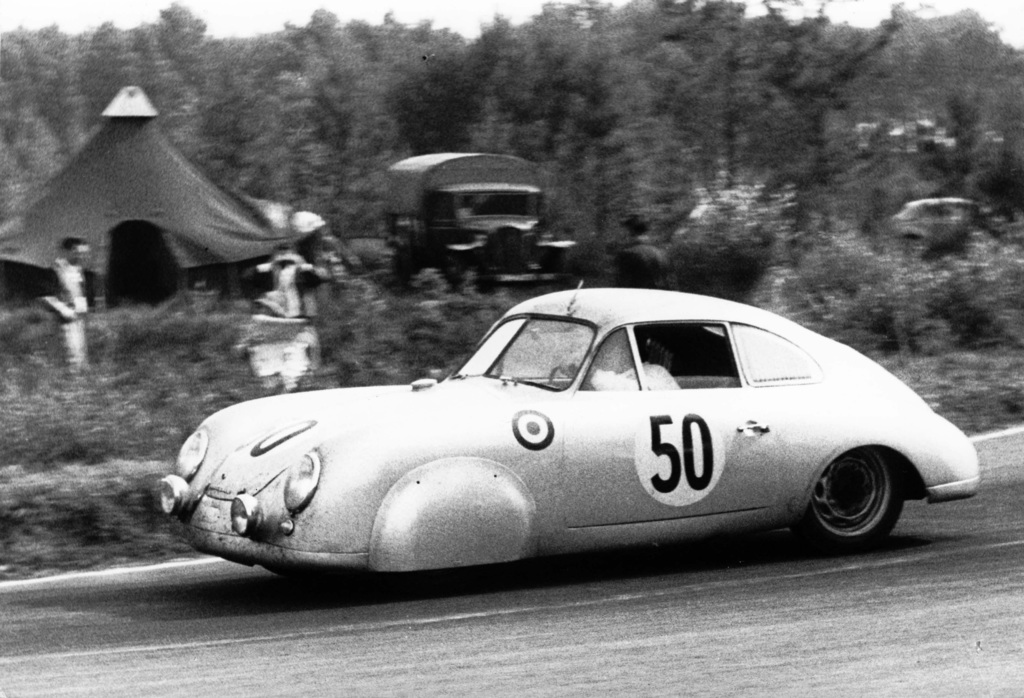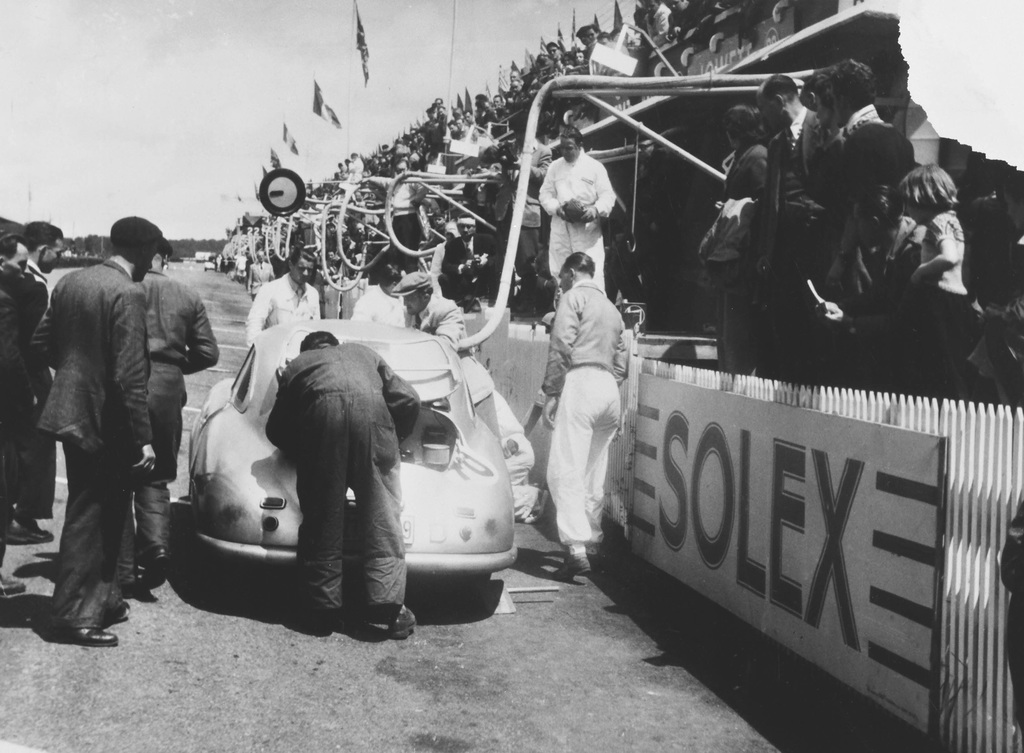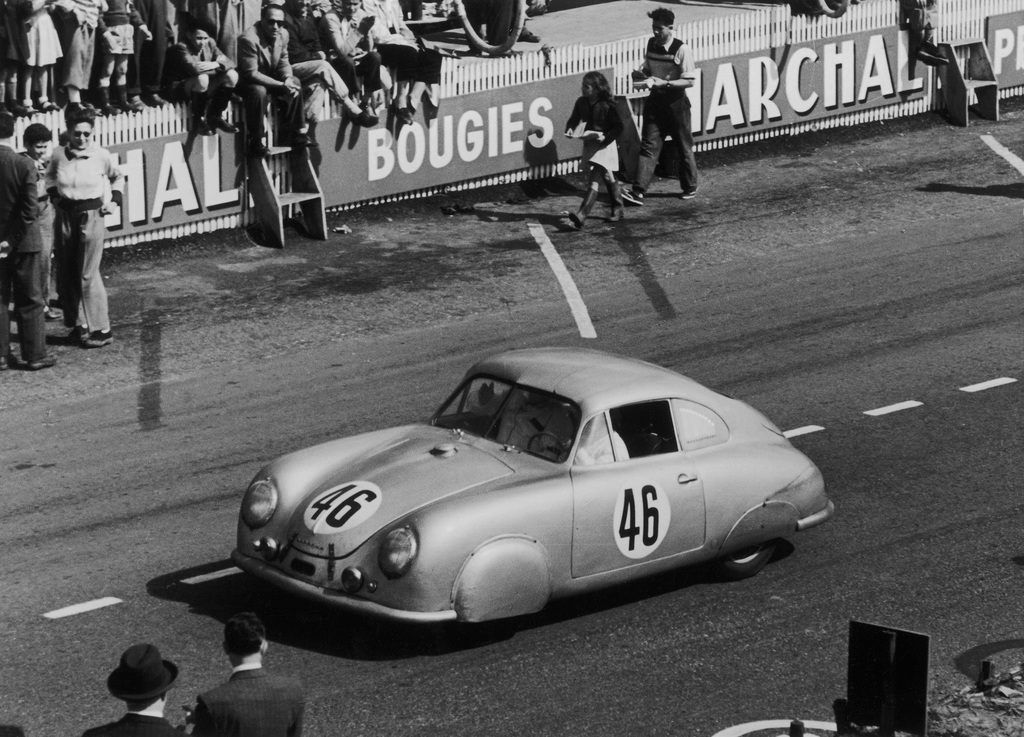1951 Porsche 356 SL Gmünd Coupé
After designing legendary cars in the prewar era such as the Mercedes SSK, Porsche moved south from Germany to Gmünd, Austria to design his own cars.
The very first of these was a small roadster made around VW components. Afterwards, it was decided a closed coupe with the engine behind the rear wheels was most advantageous.
Together with Erwin Komenda, Porsche designed the Gmünd Coupé in just three months. The first Coupe was finished in june of 1948 and by mid-1949 more than 40 had been completed.
These Gmünd coupes featured a hand-beaten aluminum body and were powered by a air-cooled boxer-4. This general layout would shape every Porsche that followed thereafter.
Subsequent transfer back to Zuffenhausen meant that body production of the 356 would be relocated to Reuter and the aluminum was replaced by steel.
However, Porsche kept a supply of alumunum bodies for their own use as factory competition cars. Known as the Super Liecht (SL) or Sport Light they were much lighter than the the regular outgoing 356.
Porsche prepared three such Coupes for their first attempt at LeMans. On the 23rd/24th of June two 356/2 Gmünd coupés with aluminium bodies were on the starting grid. In their first attempt, Auguste Veuillet and Edmond Mouche were victors in the class up to 1100 cm3. This was also the first victory for a German sports car in international racing after the war.
Only about 30 of the total 47 Gmund coupes are known to exist. Only 7 or 8 of these were factory works racecars.
In Detail
| submitted by | Richard Owen |
| type | Racing Car |
| built at | Gmund, Austria |
| production | 9 |
| engine | Air-Cooled Boxer-4 |
| fuel feed | Twin Solex carburetors |
| displacement | 1086 cc / 66.27 in³ |
| power | 34.3 kw / 46 bhp |
| specific output | 42.36 bhp per litre |
| bhp/weight | 71.88 bhp per tonne |
| curb weight | 640 kg / 1411 lbs |







